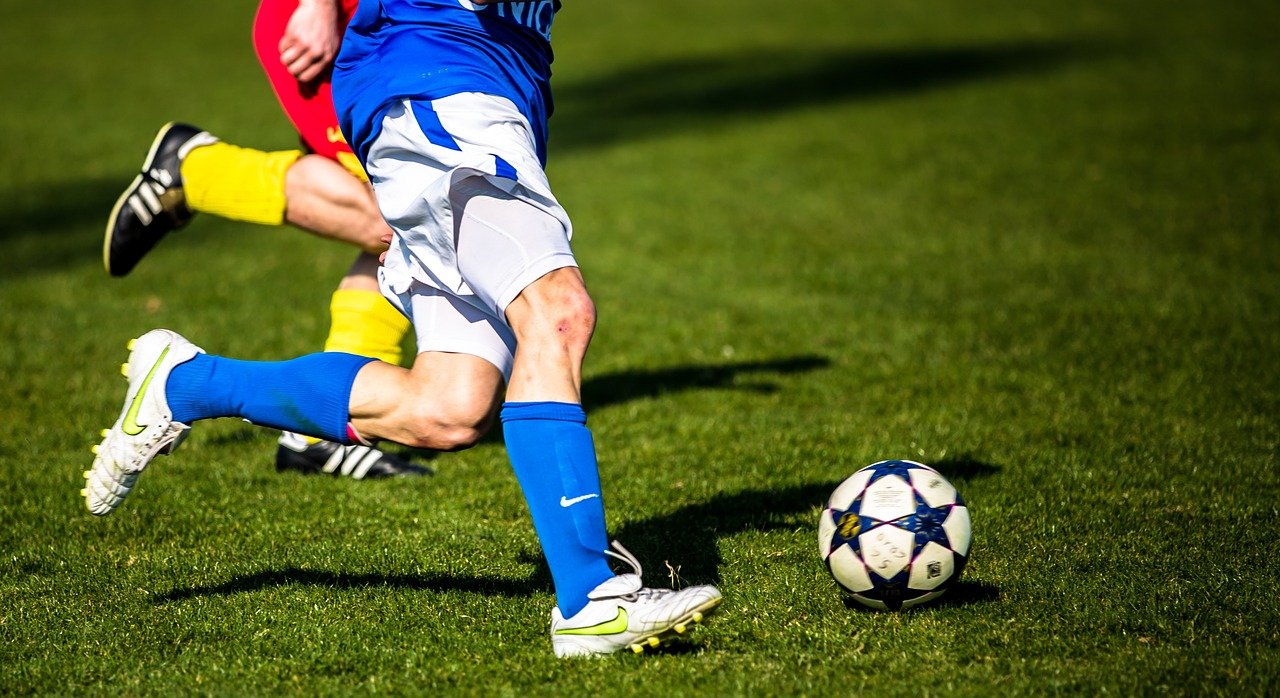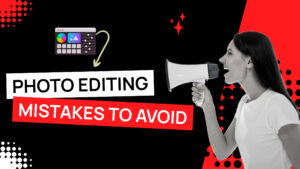The Top 7 Canon Lenses for Sports Photography
Sports photography can be as rough and tumble as the sports you’re photographing. That is why you need the best equipment to keep up and produce high-quality images. As a sports photographer, you’ll have to deal with fast-paced action, changing lighting conditions, and fans.
To be successful, you’ll want to invest in lenses that provide maximum flexibility while also producing high-quality images.
Before we get into the specifics of the lenses, let’s talk about what you want from your lens in general for professional image quality. The following are some of the features you should look for in a sports lens:
Fast Lenses: A fast lens is required to freeze the action. What exactly does it mean to have a fast lens? Essentially, you want lenses with a low aperture f-number, such as f/2.8. The lower the number, the wider the aperture, allowing you to deal with the variable lighting conditions you’ll inevitably face. While fast lenses are more expensive, if you want to get those memorable sports shots, you’ll need this type of lens.
Fast autofocus is essential if you want to capture the action clearly. The letters USM are one of the things to look for on Canon lenses. This abbreviation stands for Ultra Sonic Motor, and it refers to the motor located within the lens body. Because of the USM motor, the lens will be able to focus faster than a standard lens.
Focal Length: The focal length is determined by how close you can get to your subject, which varies depending on the sport. If you have a crop sensor camera, it will crop out the frame’s edges, increasing the focal length. A camera with a crop factor of 1.6, for example, will give a full-frame 300 mm lens a field of view equivalent to a 450 mm lens. If you can’t get very close to your subject, this can be a huge advantage. Of course, if you’re photographing a football game, you’ll need a longer telephoto zoom lens than if you’re photographing a roller hockey game.
A teleconverter can be useful in this situation. A teleconverter is a secondary lens that is attached between the camera body and the primary lens. It can effectively double the focal length of your primary lens, so it’s critical to buy a telephoto lens that is compatible with teleconverters just to have that option. You’ll also need a wide-angle lens to get those all-encompassing shots of the game, the fans, and the field.
Image Stabilization: Because you’re shooting fast-moving subjects while also moving, you’ll want lenses with image stabilization to help prevent camera shake, especially in low-light situations. This will aid in keeping your photos sharply focused and the image quality high.
Zoom Options: As previously stated, you will require a zoom lens, but rather than purchasing a lens that covers a standard range, it is preferable to purchase a lens with a longer zoom range, such as a 70-200 mm. This provides you with enough range to capture the dynamic changes in the sport you’re shooting.
With these considerations in mind, let’s take a look at seven of the best Canon lenses for sports photography to get those high-quality shots. We’ll look at indoor and outdoor sports lenses, as well as what works best in each situation.
Note: If you want to make some adjustments to the photo just let me know. I can do it for you at a very low cost. You can hire me to edit your photo.
Indoor Sports Photography
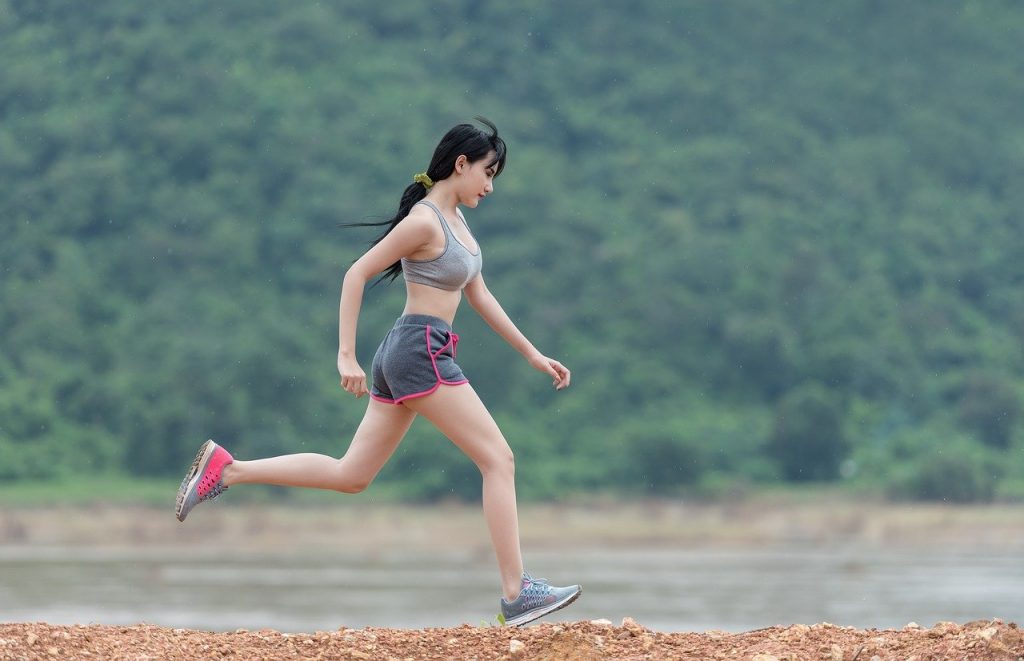
Indoor sports present some unique challenges that are not found when shooting outdoors. Lighting conditions can be as variable indoors as they are outside–though you have to contend with low light conditions more often–but artificial light sources, such as fluorescent lights, can cause unique problems. Furthermore, there are fewer options for where you can position yourself in relation to the athletes. With these issues in mind, let’s take a look at how various Canon lenses address these issues to help you achieve great image quality.
Indoor sports present some unique challenges that are not found when shooting outdoors. Lighting conditions can be as variable indoors as they are outside–though you have to contend with low light conditions more often–but artificial light sources, such as fluorescent lights, can cause unique problems. Furthermore, there are fewer options for where you can position yourself in relation to the athletes. With these issues in mind, let’s take a look at how various Canon lenses address these issues to help you achieve great image quality.
How do Canon lenses tackle the challenges of indoor sports photography?
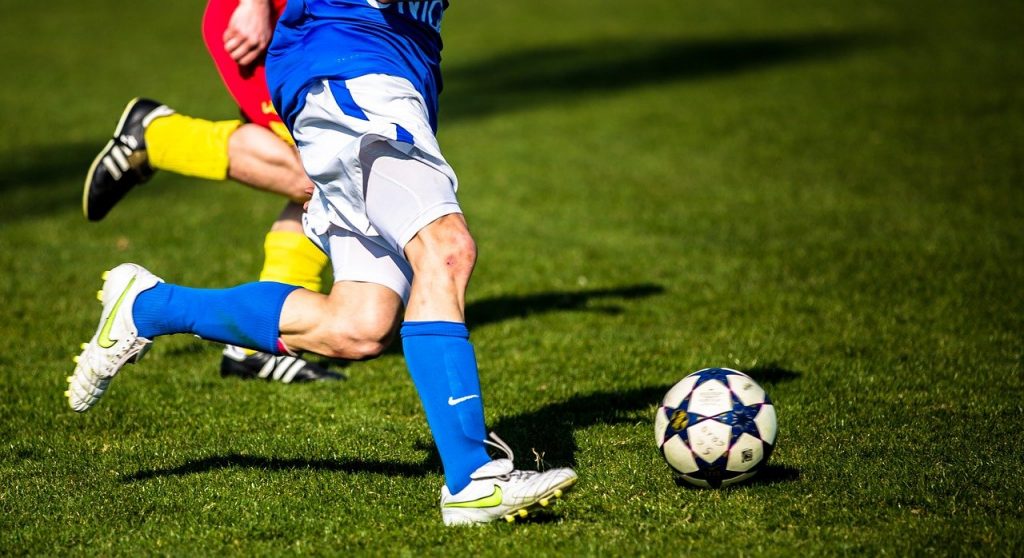
Getting enough light into the camera is one of the first challenges when shooting indoors. So you want a sports lens that will let in more light than a standard zoom lens. That is exactly what the first lens on our list does.
Canon EF 50 mm f/1.8
This is a low-cost option with a large aperture that lets in a lot more light, resulting in excellent image quality. This lens will have an effective full-frame focal length of 80 mm when used with an APS-C camera with improved light performance. This lens, according to the pros who use it, “turns the lights on!”
While the EF 50 mm is an excellent low-light sports lens, depending on the indoor sport you’re shooting, you may require more reach. The next camera on our list provides that desirable combination of increased reach and abundant light.
Canon EF 85mm f/1.8 :
This is another low-cost lens with some useful features for indoor sports photography. It’s a medium telephoto lens, but with an aperture of f/1.8, it lets in a lot of light. You’ll also get more telephoto power if you use a camera with a smaller APS-C image sensor. It also has a ring-type USM that will quickly bring your subject into focus. This lens is ideal for sports where you can’t get close to the athletes, such as gymnastics.
Another major issue for indoor sports photographers is the inability to get close to the action, such as in ice hockey or soccer. If you’re a serious sports photographer, you’ll need a sports lens that allows you to get in close and let in enough light to capture crisp, clear images. You can do just that with the next two lenses.
Canon EF 200mm f/2.0L IS lens:
This telephoto zoom lens is for the serious professional sports photographer, and it comes at a high price. However, if you’re shooting in low light, it produces high-quality images. It is a full stop faster than the f/2.8 alternatives, has a USM focus, and fluorite and UD lens elements that aid in chromatic aberration correction.
It’s heavier than a 70–200 mm f/2.8 lens, but it’s still manageable in your hands. It also has the zoom range of a 280 mm f/2.8 lens with a 1.4x extender. A 2x extender gives you the equivalent of a 400 mm f/4 lens. That means that for some photographers, this will provide them with a single lens that can be used for both indoor and outdoor professional quality sports photography.
This final lens recommended for indoor photography provides excellent image quality as well as the reach required to get up close and personal.
Canon EF 70–200 mm f/2.8L:
This lens is less expensive than the EF 200 mm and allows you to capture high-quality images. It is regarded as one of Canon’s best telephoto zoom lenses. It has four UD glass elements to correct chromatic aberrations, a large f/2.8 aperture, and a USM focus that produces sharp, high-quality images. It can also be used with 1.4x and 2x extenders to extend its reach.
After we’ve gone over some of the best indoor sports photography lenses, let’s take a look at some of the best outdoor sports photography lenses.
Outdoor Sports Photography
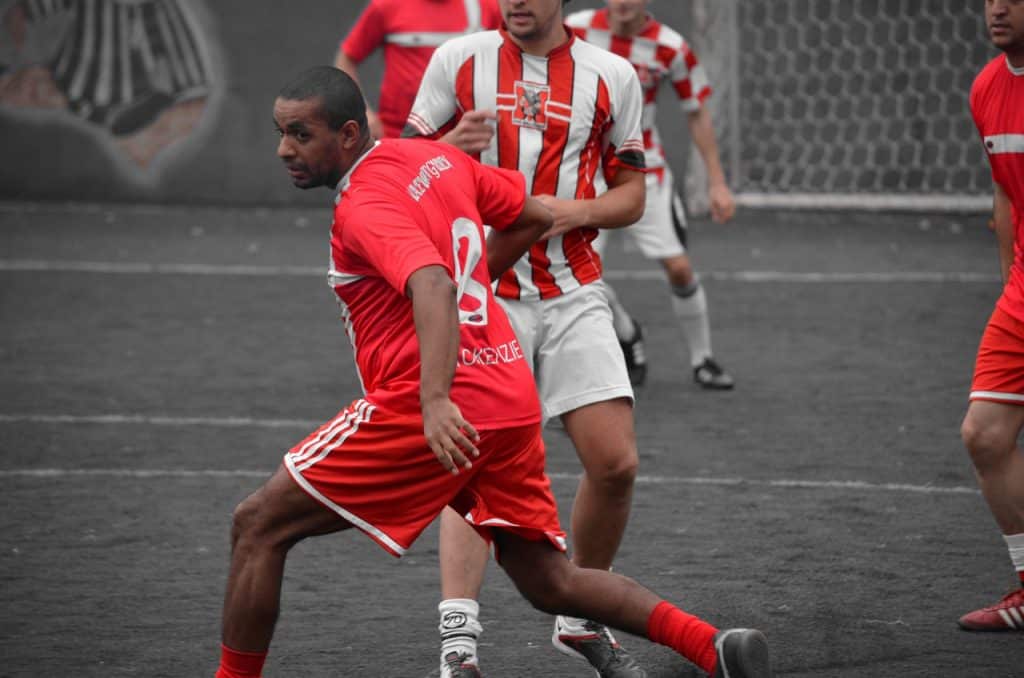
Outdoor sports photography poses different challenges than indoor sports photography. You do occasionally have varying lighting conditions, but the bigger challenge is getting in close enough to the action and freezing it. So, for outdoor sports, zoom lenses and fast speeds are the most useful features in a lens. Let’s take a look at some alternatives.
Canon EF-S 55-250 mm
This is a low-cost telephoto zoom lens with a maximum aperture of f/4 that works well in low-light situations. If you’re shooting in deep shade or on overcast days, you can simply use higher ISOs to keep shutter speeds as fast as possible. If the lighting isn’t ideal, ISOs as high as 800 or 1600 will suffice.
This next lens is considered standard for professionals if you want to take your sports photography to the next level.
Canon EF 200–400mm f/4L IS Extender 1.4x lens, with the built-in 1.4x teleconverter
This is the high-end lens for sports photographers. It will definitely break the bank, but if you want to go pro as a sports photographer, this is the lens to get. It has image stabilization and USM focus for sharp images, and the 1.4x extender increases the focal range and maximum aperture to 280-560 mm and f/5.6, respectively. To correct for chromatic aberrations, it also has one fluorite and four Ultra-low Dispersion optical elements. This will allow you to get close to the action and capture sharp, clear images.
Another issue that outdoor sports photographers face is low lighting when shooting at night. This next lens has a large aperture and produces high-quality images.
Canon EF 400mm f/2.8L IS II lens
This is another high-end sports lens that will put a dent in your wallet, though not as much as the EF 200-400 mm mentioned above. It has image stabilization, a USM focus, and a weather-sealed body. Its f/2.8 aperture makes it ideal for shooting in low light conditions, such as at night. It is also suitable for use in some indoor settings. It also contains two fluorite elements, which help to reduce color fringing and chromatic aberrations. If you’re serious about sports photography, this is a great lens that allows you to shoot in a variety of settings.
One thing to keep in mind with both the EF 200-400 mm lens and the EF 400 mm f/2.8 lens is that they are heavy and will require a good, strong monopod to support them.
These are excellent high-quality Canon lenses suitable for all levels of sports photography. If you’re a sports fan who simply wants to take great shots, we’ve discussed a few less expensive options that might be suitable for you. Similarly, if you’re a professional sports photographer or aspire to be one, we’ve discussed some higher-end lenses to consider.
All of these lenses provide the features needed for both indoor and outdoor sports photographers to achieve high image quality in all of their shots. They’ll let you get up close and personal with the action, allowing you to capture those compelling, thrilling sports images.
Related: Best apps to watch live sports
Note: If you want to make some adjustments to the photo just let me know. I can do it for you at a very low cost. You can hire me to edit your photo.


